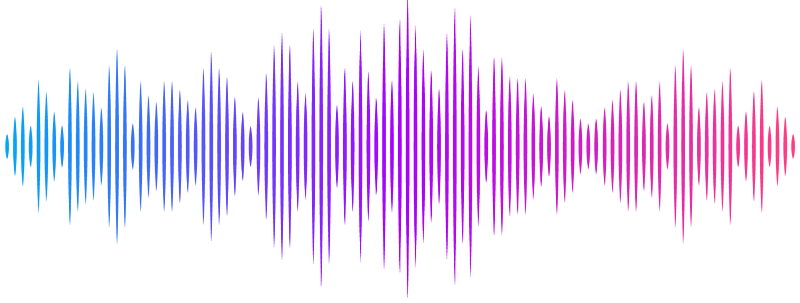Neutrino Constraints on Black Hole Formation in M31

Neutrino Constraints on Black Hole Formation in M31
Yudai Suwa U. Tokyo & YITP, Ryuichiro Akaho Waseda U., Yosuke Ashida Tohoku U., Akira Harada NIT, Ibaraki, Masayuki Harada ICRR, Yusuke Koshio Okayama U., Masamitsu Mori NIT, Numazu, Fumi Nakanishi Okayama U., Ken'ichiro Nakazato Kyushu U., Kohsuke Sumiyoshi NIT, Numazu, Roger A. Wendell Kyoto U., Masamichi Zaizen U. Tokyo
AbstractWe investigate neutrino signals associated with black hole formation resulting from the gravitational collapse of massive stars, motivated by the candidate failed supernova M31-2014-DS1 in the Andromeda Galaxy (M31). By compiling numerical simulation results for stellar collapse, we predict the expected neutrino emission and compare these predictions with observational limits from Super-Kamiokande (SK). The simulations reveal a characteristic precursor signal consisting of a short, intense burst whose average neutrino energy rises rapidly and then ceases abruptly once the black hole forms. We examine several nuclear equations of state, specifically the Lattimer \& Swesty, Shen, Togashi, and SFHo models, to evaluate how the emission depends on neutron-star properties and nuclear-physics uncertainties. Comparison of the predicted event counts with SK's non-detection of neutrinos coincident with M31-2014-DS1 already rules out part of the model space and highlights the sensitivity of current neutrino detectors to both progenitor mass and the EOS. These findings demonstrate the capability of neutrino astronomy to probe core collapse and black hole formation in failed supernova scenarios.